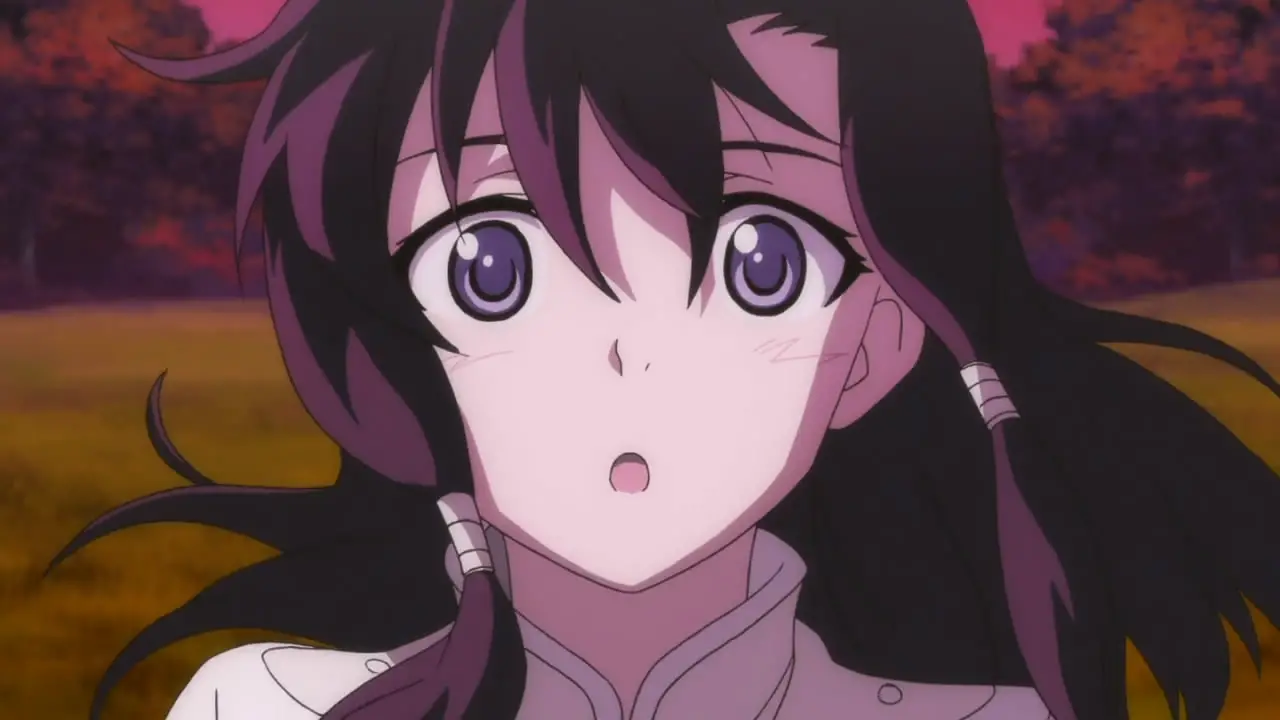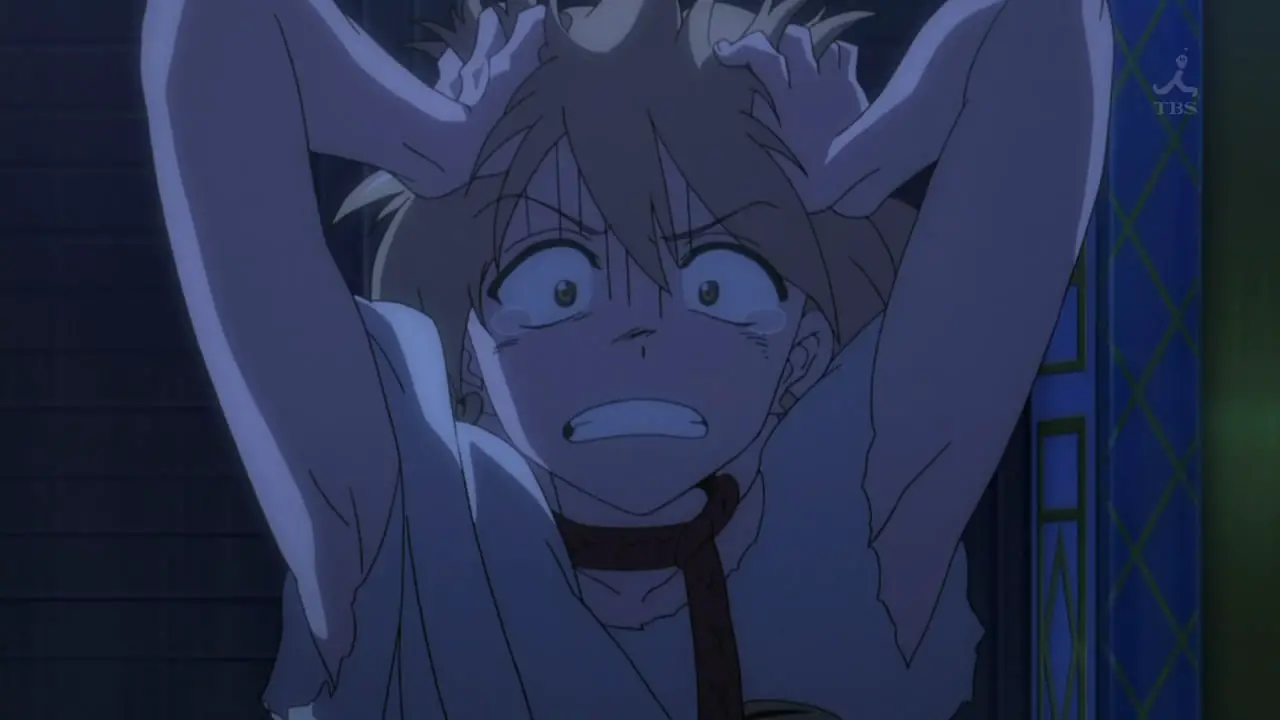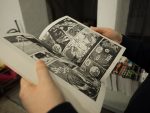Live action is constrained by reality—not in the sense of having nonfiction type stories, but in a much more literal sense: They are composed of real people and use physical sets and locations (and although computer generated effects have grown prominent, they are only embellishments).
On the other hand, there is anime, the Japanese animated film medium that is seemingly void of all physical humans, in essence a completely different realm than our own tangible one. And in many ways, this drastically different universe proves advantageous to the real humans and celebrity faces that we encounter on a regular basis in American entertainment.
Live actors can rarely, if at all, get away with the same exaggerated emotional expressions that animated characters can. Imagine seeing a well known celebrity crying out in utter despair, kneeling on the ground as though their legs were debilitated from the devastating thought of whatever tragedy just occurred, clutching their heads and sobbing hysterically.
I don’t buy it. Most film watchers, regardless of how optimistic or jaded of the world they might be, would find the scene ludicrous. Because it would be. Most human beings don’t act out in public, and when they do, they gain the attention of many watchful, judging eyes.
Live action films are meant to mimic reality enough so that the story is credible. To see an actor attempt to exaggerate their expressions for a film would similarly ruin the scene’s mood. The simple fact is humans are confined to expressions that their faces can make.
Not only that, but they are confined to the very lives of the actors who are meant to portray the characters. An audience knows that while a character might die in a live action film, the actor is still quite alive and ready to move on to a new role in a new film for a new character. To make it even worse, the actor has their own personal life (likely more boring than whatever role they depicted for the film) and the audience just has to settle with that—the fact that a person wearing the face of the character they got familiar with is now wandering the world. It’s almost blasphemous, a crime of impersonation. More than that, it weakens the effect of finality and cohesiveness of a film.
A film creates a world, however provincial or literal that may be. It is an isolated realm with a story to tell, not meant to bleed (much) into reality. Films are more often than not a form of escapism and almost always a form of storytelling. Characters should not leave their respective worlds unless the intent is to completely shatter the carefully crafted story meant for audiences to immerse themselves in.
The drawn art form provides far more flexibility in character creation. This might be a strange thought, as western animation is commonly associated with children’s cartoons, mindless or simplistic in theme, plot and character development. Western cartoons associated with adult audiences are often satirical, without much of a plot and very little character development as well.
Anime characters, while physically two dimensional, often have portrayals and designs that make them far more multidimensional than whatever a live action might be able to portray. Drama can be taken to a completely different level in animation.

Anime, in fact, is known for its exaggeration with keyframes that can switch from an extremely happy character to one in utter desolation in an instant. The amount of emotion that a moment of animation can hold is stunning, and even more importantly, it works. While perhaps not visually realistic (in terms of looking like a live person making a similar expression), animated characters reach a certain emotional realism through the artistic liberties that animators take. They can attain a rawness through exaggeration, something near impossible for live action films.
Animated characters become like real people rather than actors who live their stage life and their “real” life. Animated characters cannot suddenly decide to drop out of a film because they don’t want the acting role. They have no loophole out of their show. They are simply there, existing in their own domain. When a character permanently dies in anime, they are gone from their world and ours.
In the meantime, it’s hard to take horror movies seriously when all you can think is: “I wonder how awkward it must be for the actor to pull such a stunt to make that scene look so gruesome.”
Perhaps in more extreme terms, anime is its own world to escape to, while live action is a kind of fabrication—a blanket over our eyes to provide a flimsy, temporary illusion.
The most significant contrast between anime and live action is creative liberty. Before anything, it should be noted that there are different forms of creative decisions that are made for live action versus those made for anime. Live action films are swimming with creativity, from what people can do with physical sets and costumes, to some rather impressive acting skills and more. The art form of drawing is another form of creativity, one that resounds powerfully with viewers in its ability to add both artistic depth as well as originality to a film. The creativity and “art” in live action serves to make things appear real (in the context of the film). The art of anime serves to realize the entire story.
Anime can easily incorporate deliberate symbolism and atmospheric effects in unique ways, such as a specifically colored flower that recurs throughout a drab setting in which all characters except the protagonist are grayed out. Animators have thousands of canvases in the form of keyframes to create artistic metaphors, symbols and settings. It almost becomes poetry in visual form.
Meanwhile, live action is frequently confined by convenience. The cast of “Lord of the Rings” had to be filmed in New Zealand to get a desired setting, and even then, they could not literally move mountains to capture the perfect camera angle.
When I think of live action, the first thought that comes to mind is restriction—of resources, of actors, of effects, even of creativity (but to a lesser extent). Live action might be an art, but such an idea is more often an afterthought, trailing behind the idea that it is pure entertainment. The medium of anime is inherently creative and isolated enough from our reality that it can open up a completely different realm of storytelling.

















[…] rabbit hole of varying degrees of substance: Proof That Oscar Voters Are Clueless About Animation, Why Anime Films Will Always Be Superior To Live Action, 4 Reasons Why Animation is Better than Live Action, and the interesting off topic piece- 3 […]
anime rules